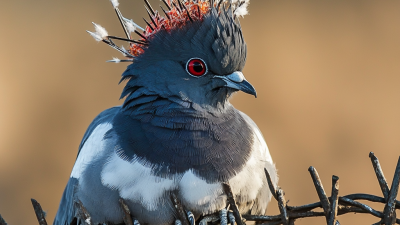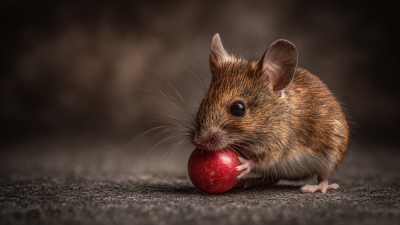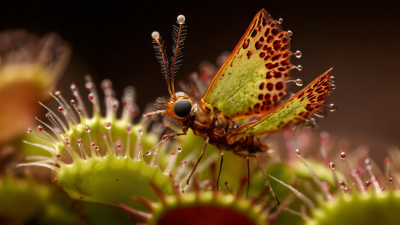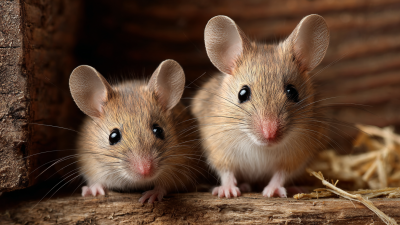
 Bird & Pigeon Pest Control
Bird & Pigeon Pest Control  Mice & Rat Pest Control
Mice & Rat Pest Control  Mole & Vole & Gopher Pest Control
Mole & Vole & Gopher Pest Control  Fly Insect Pest Control
Fly Insect Pest Control  Wasp & Bee Pest Control
Wasp & Bee Pest Control  Moth Pest Control
Moth Pest Control  Mosquito Pest Control
Mosquito Pest Control  Cockroach Pest Control
Cockroach Pest Control  Wildlife Pest Control
Wildlife Pest Control  Snake Pest Control
Snake Pest Control  Bed Bug & Flea Pest Control
Bed Bug & Flea Pest Control  Snail & Slug Pest Control
Snail & Slug Pest Control  Ant & Termites Pest Control
Ant & Termites Pest Control  Spider Pest Control
Spider Pest Control  Other Insect Pest Control
Other Insect Pest Control  Garden Products
Garden Products  Blog
Blog Fruit fly infestations are not just a nuisance but can also pose significant health risks, as these pests are known to breed in decaying organic matter and can contaminate food supplies. According to a report from the Environmental Protection Agency (EPA), fruit flies can reproduce rapidly, with a female laying up to 500 eggs in her lifespan, leading to overwhelming populations in a short period. The effective use of a Fruit Fly Trap can be a game-changer in managing these pests in homes. Understanding how to deploy these traps correctly can significantly reduce their presence and protect household hygiene. By leveraging targeted strategies and insights from pest management professionals, homeowners can successfully eliminate fruit flies, creating a healthier and more pleasant living environment.
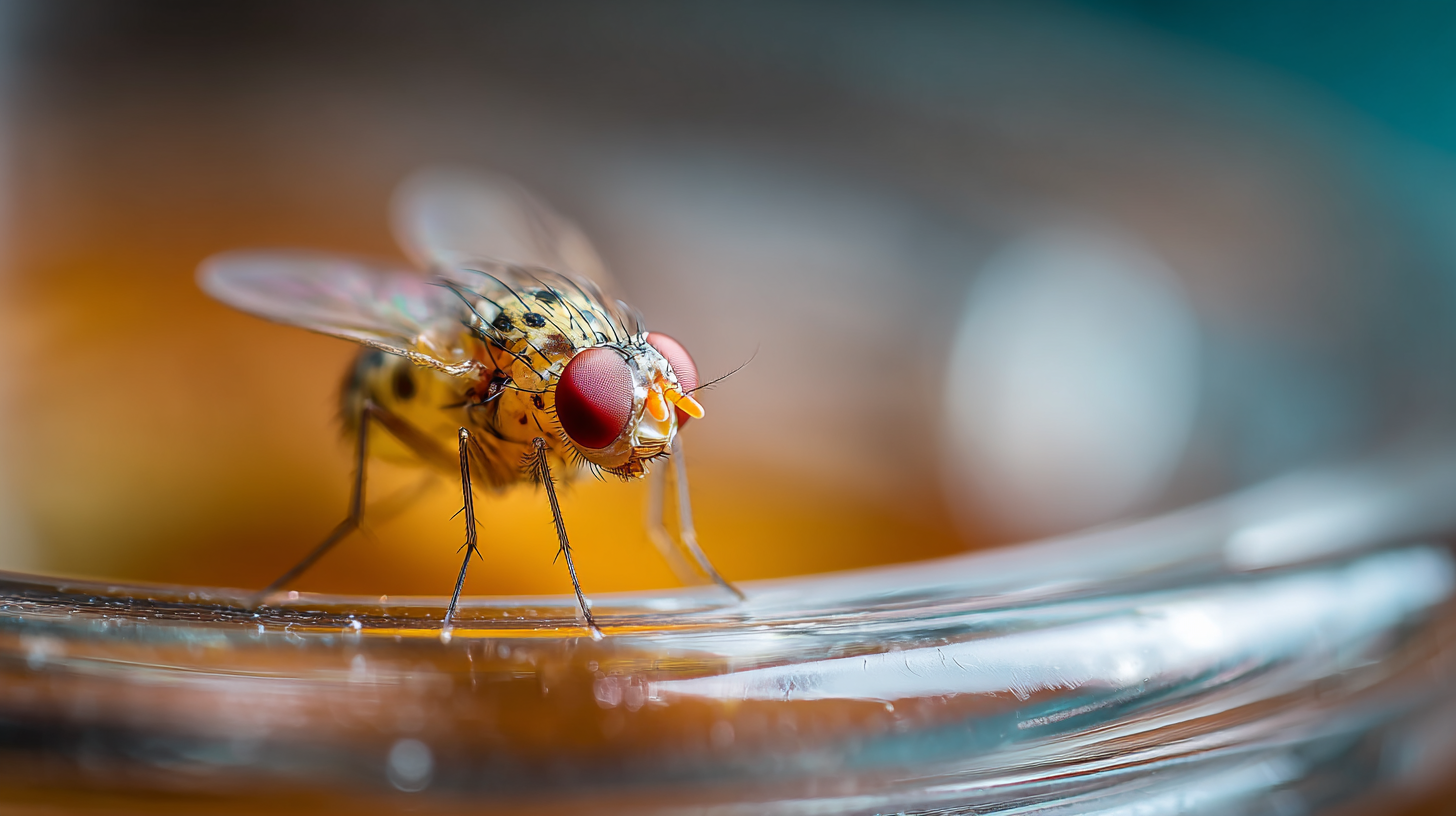
In this guide, we will explore the best practices for using a Fruit Fly Trap to combat infestations effectively.
When selecting the right type of fruit fly trap for your home, it’s essential to identify the most effective options tailored to your specific needs. The most common traps include DIY solutions like dishes filled with a mixture of vinegar and dish soap, which attract and drown fruit flies. Alternatively, many commercial traps use a combination of attractants and sticky surfaces to ensnare pests quickly. This can be a more hassle-free option for those who prefer not to create their own solutions.
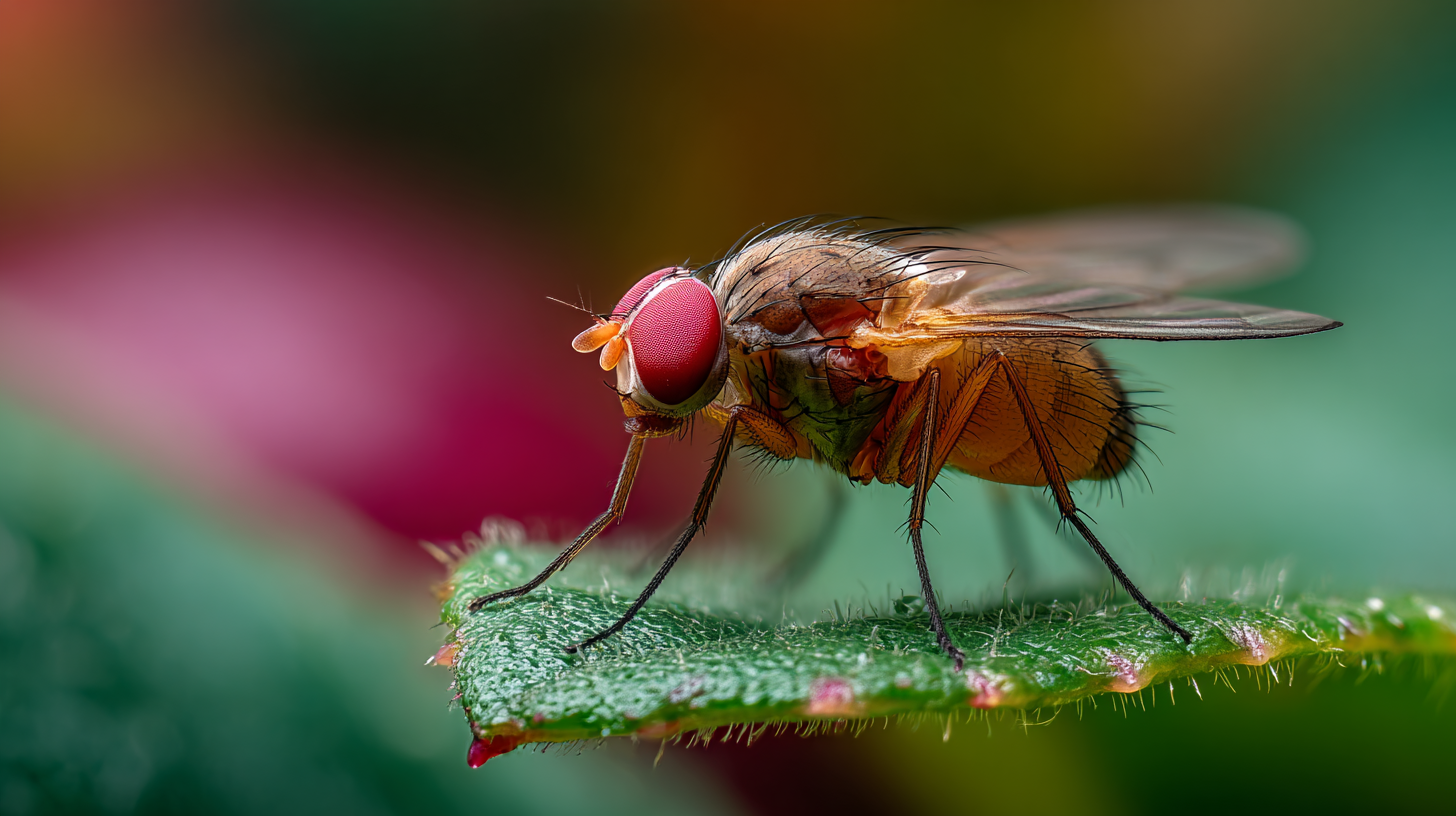
It's also vital to consider the environment where fruit flies tend to dwell. They are often found near overripe fruit, garbage, or damp areas, so traps placed strategically in these hotspots will yield better results. Remember that while some traps may show immediate effectiveness, long-term control involves maintaining cleanliness and eliminating breeding sites to prevent further infestations. By understanding your options and where to deploy them, you can effectively manage and eliminate these pesky pests from your home.
To maximize the effectiveness of a fruit fly trap in your home, preparing your space is crucial. Start by eliminating any potential food sources that could attract fruit flies. Make sure to store fruits in the refrigerator and keep all kitchen surfaces free of spills and crumbs. Regularly cleaning trash cans and recycling bins, and promptly disposing of overripe or rotting fruits will help deter these pests.
**Tips:** Consider placing your fruit fly traps near areas where you've noticed the most activity, such as kitchens or near fruit bowls. Additionally, create an inviting environment for the trap by using natural bait like apple cider vinegar, which can entice the flies effectively. Make sure to check and refresh the traps regularly to maintain their effectiveness and prevent buildup of decomposing flies.
Moreover, improving your home’s ventilation can also play a vital role in pest prevention. Open windows or use fans to encourage airflow, as stagnant air can attract flies. If you're facing a more significant infestation, combine your traps with other DIY solutions, such as homemade fly paper, to keep your space bug-free.
To effectively set up a fruit fly trap, begin by selecting the right trap for your needs. There are various types available, such as sticky traps, vinegar traps, or commercially available models. For a DIY option, a simple vinegar trap can be created using a jar filled with apple cider vinegar covered by plastic wrap. Poke small holes in the wrap so flies can enter but have trouble escaping.
Next, place your trap in areas where fruit flies are commonly found, like near overripe fruits, garbage cans, or kitchen sinks. Make sure the trap is stable and easily accessible to the pests. It's crucial to keep the environment clean by regularly disposing of overripe produce and cleaning any spills, as this minimizes other attractants while your trap works.
Finally, monitor your traps frequently. Remove trapped fruit flies as needed, and replenish attractants to ensure effectiveness. If the trap is not yielding results, adjust its location to a spot with higher fly activity. With patience and consistency, setting up these traps can significantly reduce the fruit fly population in your home.
To effectively monitor and maintain your fruit fly trap, it’s crucial to establish a routine inspection process. This involves checking the trap regularly for any signs of fruit flies or other pests. By understanding their life cycle, you can adjust the timing of your checks to align with peak infestation periods, ensuring that your trap is consistently functional.
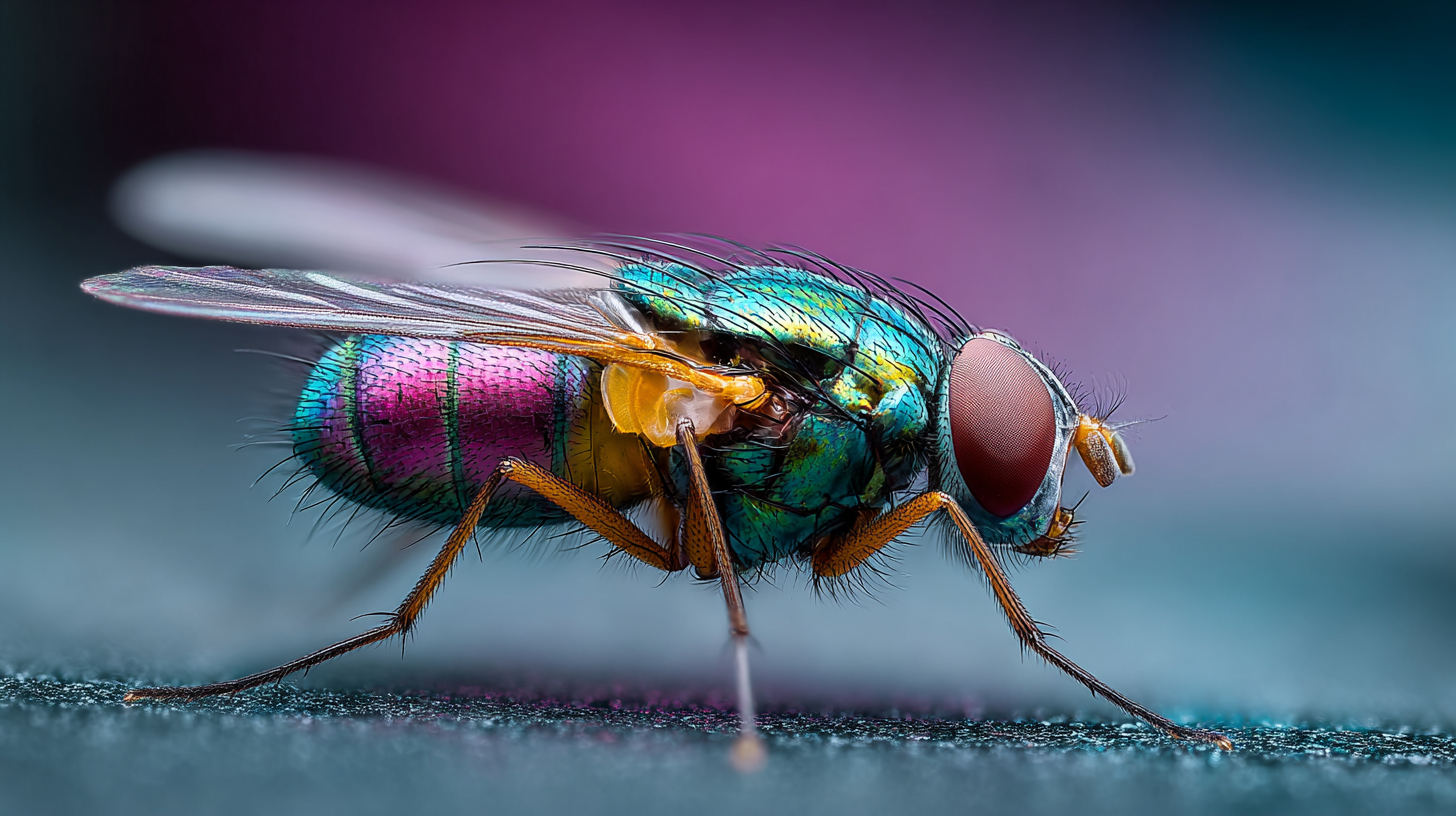
Additionally, maintaining the cleanliness of the trap is essential. Remove any dead flies and dispose of the trap contents in a waste bin promptly to prevent odors or new infestations. If your trap uses bait, such as vinegar, ensure it is replenished regularly to keep the allure for fruit flies intact. This practice will maximize trap efficiency and ensure long-term pest management in your home.
To prevent future fruit fly infestations in your home, it's essential to address the root causes that attract these pests. Start by maintaining a clean kitchen; promptly clean up spills and crumbs, and ensure that all food items are sealed in airtight containers. Regularly take out the trash and compost, as decaying organic matter serves as a breeding ground for fruit flies. Rinse out recyclables and avoid leaving dirty dishes in the sink for extended periods, as these can invite unwanted visitors.
Another crucial step in preventative measures is to monitor and control any ripe or overripe fruits and vegetables you may have. Store them in the refrigerator when possible, and be vigilant about checking for any signs of spoilage. Additionally, consider placing a few traps around your home, such as those made from apple cider vinegar or wine, to catch any fruit flies that might appear. Implementing these habits consistently will create an environment less conducive to fruit fly infestations, helping you maintain a pest-free space.

